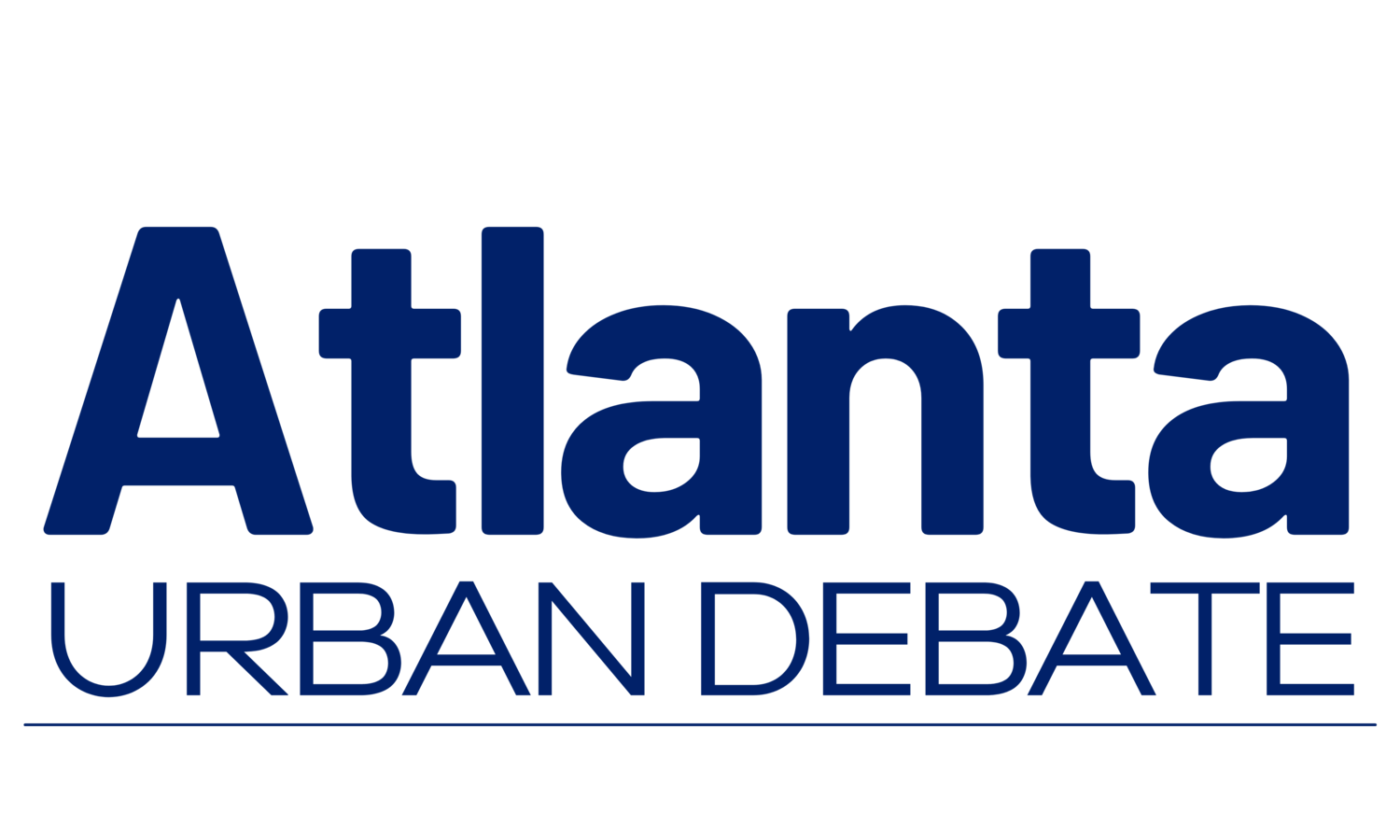The Atlanta Urban Debate League is committed to providing excellent debate education programs, services, and opportunities to diverse students, educators, and members of the community!
Middle School Varsity Curriculum Guide
Answering the Kritik
When you’re affirmative, you have numerous strategies to beat the Kritik. It’s often best to combine certain kinds of arguments with one another to win. They often fall into the same categories as answers to counterplans do, although they can be called different things, but since there are more parts to a Kritik, you have a few more options against them.
Kinds of Responses
Although we don’t have an easy acronym to help us remember the answers to a kritik, they are similar to the ones we use against a counterplan. You can read theory arguments (called Framework against a Kritik) and permutations – and you have more parts of the Kritik to answer directly, either offensive or defensively.
Framework. This argument consists of an interpretation and some reasons to prefer it. The interpretation defines how a debate should go, and it often says that the other team gets to weigh a disadvantage or a competitive policy option (counterplan) against your affirmative. You’ll also need to prove why this preferable to having Kritiks, so you’ll need some impacts about why Kritiks are bad. For example, they may limit our knowledge of policies, so we’d lose topic-specific education.
Permutation. Like with counterplans, this argument seeks to prove that the plan and the alternative can co-exist, and the judge can support the plan while also questioning the assumptions made in the 1AC.
Answering the link. You can argue a no link (deny) or a link turn (reverse) against Kritiks. The no link argument proves that you didn’t assume what they accuse you of assuming. In contrast, the link turn argument argues that the assumption you made resolves the impacts to the Kritik.
Answering the impact. You can argue a no impact (deny) or an impact turn (reverse). The no impact argument contends that your assumptions don’t have an effect, while the impact turn argument says that the impact to the Kritik is a good thing.
Answering the alternative. You can argue that the alternative doesn’t solve (deny), or you can argue that the alternative is a bad idea (reverse). If the alternative can’t solve, then you can argue that there’s no point to the Kritik. If the alternative is a bad idea, then that’s an additional reason why the judge should support your plan instead.
Example Kritik
Let’s take our example Kritik from before:
Link: The affirmative supposes that the United States government should preserve its economic leadership, but American leadership has led to global economic exploitation.
Impact: Ignoring the suffering endured by the global lower classes in the American economic order ensures that future exploitation will continue into the future.
Alternative: The global anti-capitalist movement should replace American leadership.
Here are some potential responses you could read:
Framework: Interpretation: all debates should be the plan against the status quo or a competing policy option. Allowing the negative to question assumptions gives them an unfair advantage and prevents us from learning about policy specifics.
Permutation: Perm do both, we can drill for oil while the anti-capitalist movement takes over.
Impact Turn: Impact turn, American economic leadership is good–it prevents global nuclear war.
Alternative Doesn’t Solve: The alternative fails, the global anti-capitalist movement isn’t powerful enough to replace American economic leadership.
